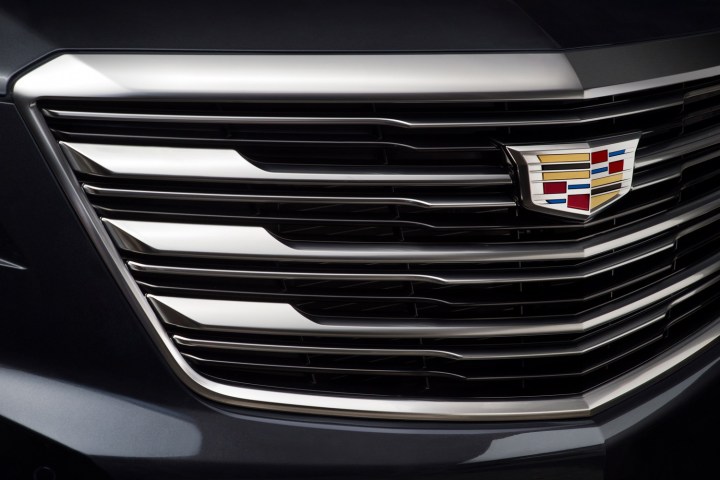
Cadillac took an important step in that direction at the 2015 Los Angeles Auto Show with the introduction of the 2017 XT5, a replacement for the aging SRX. But in about two years, the carmaker will introduce another, smaller, crossover, brand boss Johan de Nysschen told Automotive News (subscription required) in LA.
Possibly called XT4 to fit Cadillac’s new naming scheme, this next crossover won’t arrive until 2018. It would be positioned to compete against the likes of the Audi Q5, BMW X3, and Mercedes-Benz GLC-Class in a segment Cadillac is eager to exploit because of booming sales. Downsized luxury crossovers have been “in” lately, and their ranks have grown thanks to the addition of models like the Lexus NX and Lincoln MKC.
There’s also a significant gap between the XT5 and the Escalade, de Nysschen noted. That will be filled by a larger crossover aimed at vehicles like the Audi Q7 and Volvo XC90. This vehicle won’t arrive until after the XT4, meaning we won’t see it until late 2018 or early 2019 at least. Despite the proliferation of crossovers and the need to increase fuel efficiency, Cadillac will keep the truck-based Escalade around as a range-topping model.
Finally, Cadillac is also reportedly considering another crossover even smaller than the XT4. This model would likely be a subcompact sized close to GM’s current Buick Encore and Chevrolet Trax. Tiny crossovers are also proving popular in the U.S., although so far no manufacturer has tried to sell a luxury-branded one here. Audi sells the Q1 in Europe, and there have been rumors of an Acura version of the Honda HR-V.
Until it begins this crossover blitz, Cadillac may not launch any other new models. Following the launch of the XT5, de Nysschen previously said the carmaker would hold off on product launches until 2018 while it focuses on revamping its distribution network and gaining more autonomy from GM.


